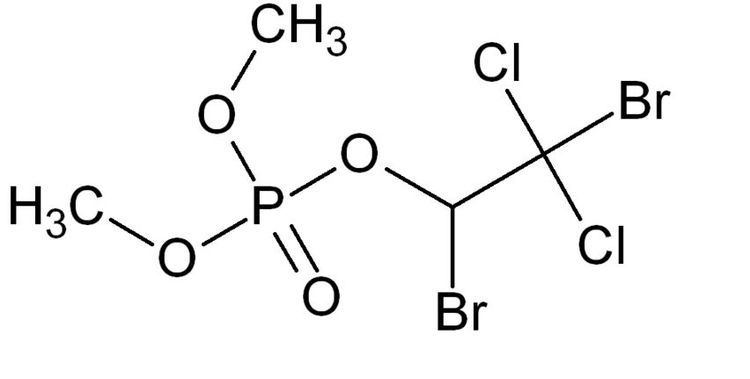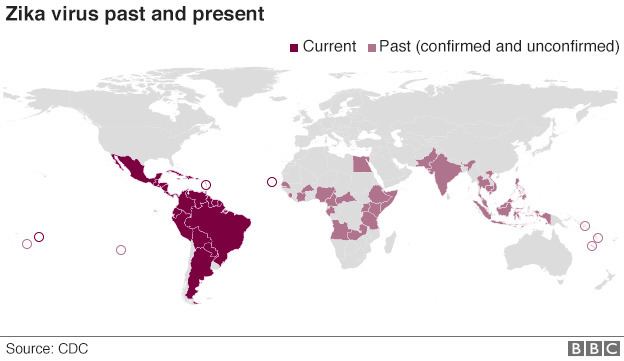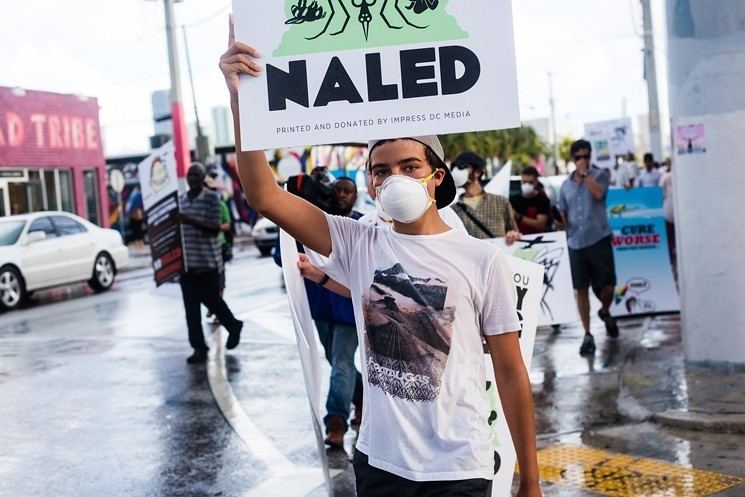 | ||
Appearance Colorless to white solid or straw-colored liquid | ||
Zika chemical spray naled in use for 22 years
Naled (Dibrom) is an organophosphate insecticide. Its chemical name is dimethyl 1,2-dibromo-2,2-dichloroethylphosphate.
Contents
- Zika chemical spray naled in use for 22 years
- Uses
- Toxicity
- Ecological effects
- 201516 Zika virus epidemic
- References
Naled is stable in anhydrous condition and must be stored away from light. It must also be stored under normal pressure and temperatures. It degrades in the presence of water and alkali, and produces toxic chloride fumes if exposed to acids or acidic fumes. Contact with metals, reducing agents, or sulfhydryls cause naled to release bromide and revert to dichlorvos.

Uses
Naled is used primarily to control adult mosquitos. It is also registered to control black flies, and leaf eating insects on a variety of fruits, vegetables, and nuts. Approximately 70% of naled in USA is used in mosquito control, and approximately 30% in agriculture. Naled has also been used in veterinary medicine to kill parasitic worms in dogs.

It has been used extensively within the United States since the 1950s. Naled was used in New Orleans after Hurricane Katrina and has been used historically in Puerto Rico to control dengue.
Toxicity

The Environmental Protection Agency has determined that exposure levels from eating crops treated with Naled are below the level of concern. With higher exposures, however, naled can cause cholinesterase inhibition in humans, which in turn can overstimulate the nervous system causing nausea, dizziness, confusion, and at very high exposures, respiratory paralysis and death. It has the UN hazard classification of 6.1 (inhalation hazard) and is prohibited for use as an insecticide within the EU.

Naled may cross the placenta if it is in the bloodstream of a mammal. Repeated exposures may also cause future behavioral problems, as well as issues with neurodevelopment, growth, and respiratory health in offspring. Chronic exposure to dichlorvos, a metabolite of naled, has also been linked to neurological issues, such as Parkinson's disease and nigrostriatal dopaminergic degeneration. Persons who work closely with naled or other organophosphate pesticides should undergo regular testing of their cholinesterase levels.

EPA classifies naled as Group E or non-carcinogenic for humans. Neither naled nor its metabolite, dichlorvos, build up in breast milk or breast tissue.
Ecological effects
Naled is considered highly toxic to bees, as well as being moderately to highly toxic to birds and toxic to most aquatic life. The mule deer is among those most resistant to its effects.
2015–16 Zika virus epidemic
Aerial spraying of naled has been recommended by the Centers for Disease Control and Prevention and United States Environmental Protection Agency for the prevention of the spread of the Zika virus in the United States. Experts at both the CDC and EPA, as well as independent universities, have argued that naled is safer than other chemicals and should not cause significant health issues due to the low level of exposure.
The federal government had considered using the chemical in Puerto Rico to stop the spread of Zika, but decided against it due to the potential danger to pregnant women. Its proposed use against Zika led to protests in Puerto Rico.
Miami is using specialized trucks to spray naled and Bacillus thuringiensis israelensis (BTI). Governor Rick Scott said that the CDC recommended using helicopters to spray the insecticides, but some people in Miami and Miami Beach are opposed to aerial spraying.
Spraying of naled in Dorchester County, South Carolina purportedly led to the deaths of 3 million honeybees and increased criticism by beekeepers. Beekeepers in the county complained that they had not been notified of spraying before it happened. Juanita Stanley, a beekeeper and co-owner of Flowerton Bee Farm and Supply, told CNN, "Now, I'm going to have to destroy my hives, the honey, all my equipment. It's all contaminated." Jennifer Holmes, vice-president of the Florida State Beekeepers Association, compared the loss of bees to other forms of agriculture, saying, "If there was a regulation that allowed some spraying that would kill half of your livestock overnight, how would recover your livelihood?" She went on to say that "we understand the serious threat of possible disease, but we also have to maintain our agricultural livelihood.”
